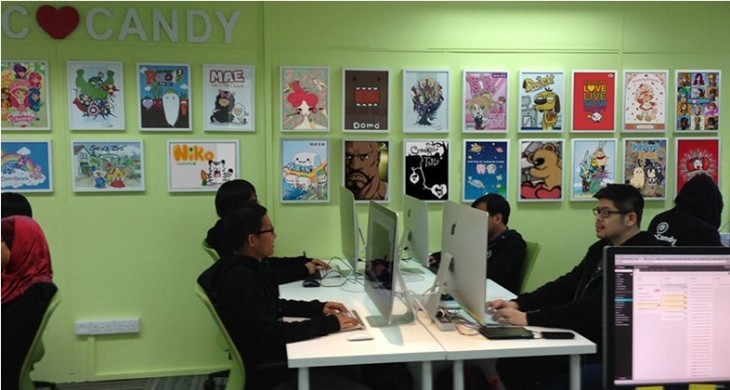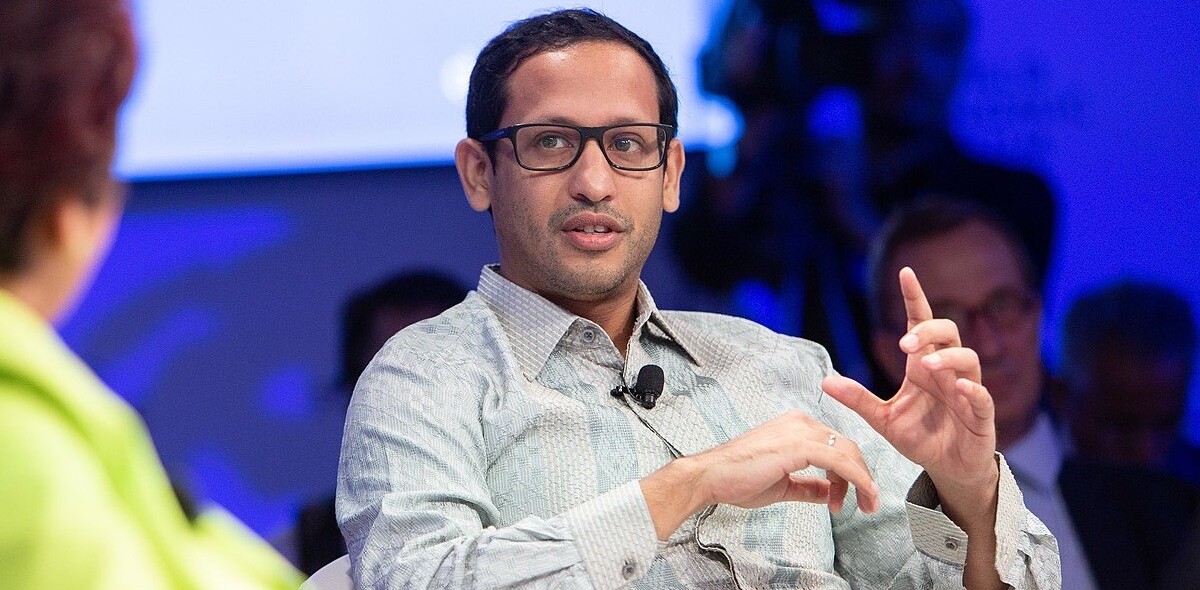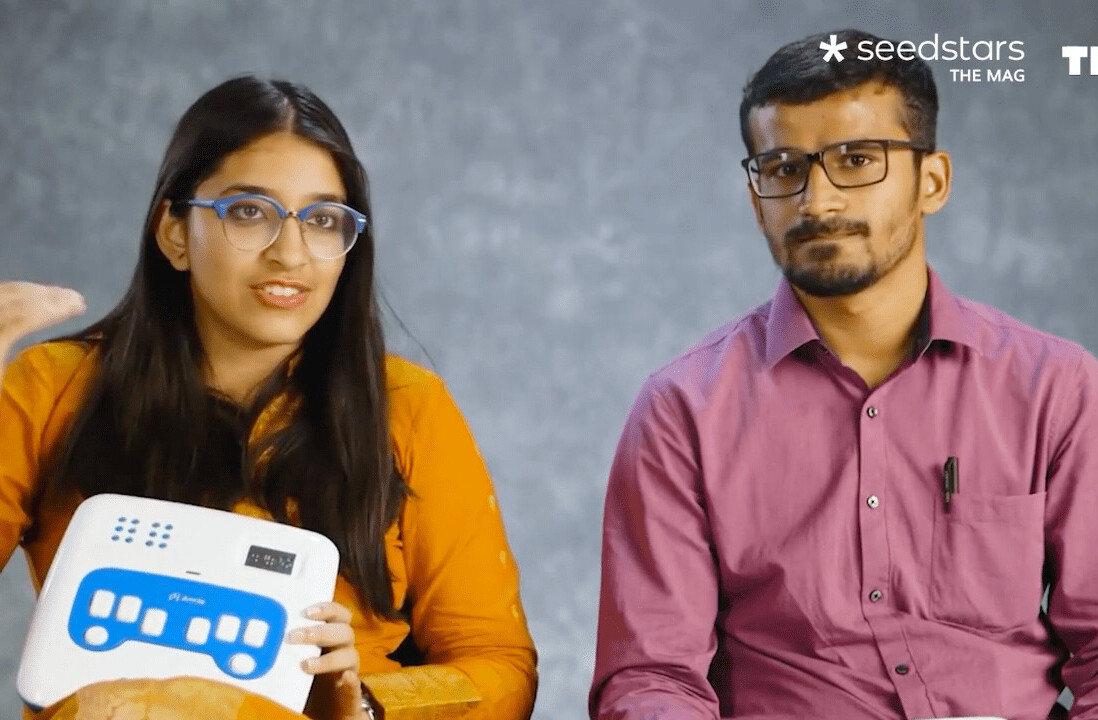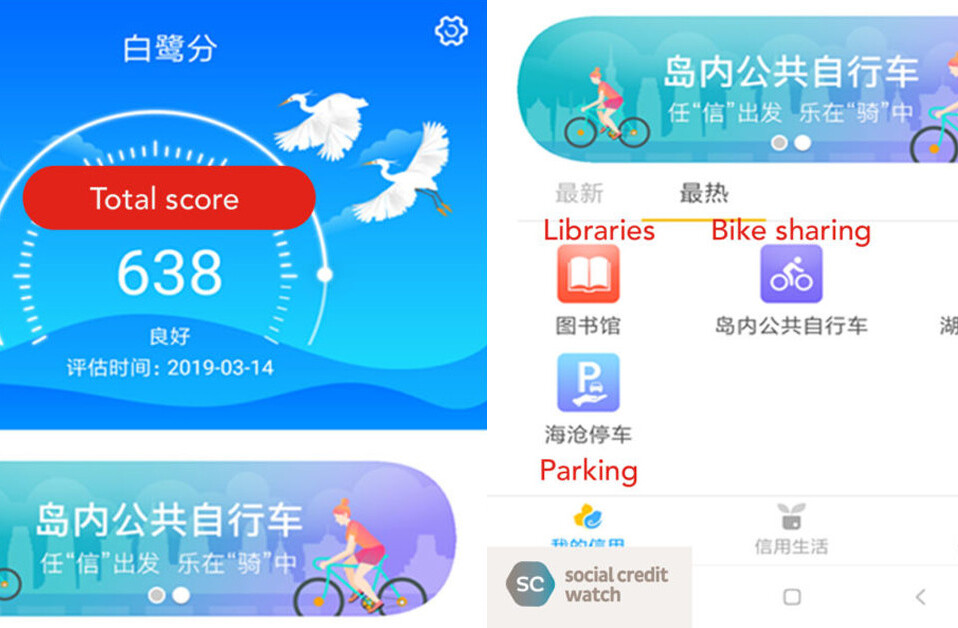
“We’re a startup that creates stickers for mobile messaging apps.”
Some people might take that line and use it to fulfill some kind of tech bubble 2.0 vision. But, believe it or not, a strong market for stickers-as-a-service (yes, that is now a phrase) exists and is positively thriving.
We previously wrote about Scringo, a company that provides stickers and infrastructure needed to sell them to app-makers, and Singapore-based PicoCandy is next company in this interesting space to catch our eye.
PicoCandy launched in April, but already it has a staff of eight and has raised a seed funding round that founder Geraldine Yong says is between $1 million and $1.5 million.
It may sound gimmicky to those that don’t have a go-to chat app or live outside of Asia — where WeChat, Line and Kakao Talk are popular in various markets — but there is a growing business to tap into.
Paid-stickers are offered by at least a dozen well-known app companies, and likely countless other minor rivals, to let users communicate more expressively and to make money. As I’ve pointed out before, selling stickers is actually a great way to monetize a service since it doesn’t impact users (like me) who don’t buy them — unlike advertising, for example, which I can never escape on social media.
It is also a lucrative industry in its own right. Line, for one, banks more than $10 million in revenue from sticker sales per month.
Read: Design that sticks: Meet the designers behind the mobile messaging sticker craze
PicoCandy’s role is to support the process. It develops and sources stickers, handles micropayments and can provide a sticker shop — which companies can white-label to match their brand — and other features needed to actually launch and sell stickers.
Yong says the company is working with a few undisclosed partners, some of which are just sourcing content to add to existing sticker collections, while others are using it to handle most of the processes.
Deals with partners vary from case-to-case, Yong says. For some companies, PicoCandy receives a monthly fee, while others pay a cut of their sticker sale revenue.
Yong — who relocated to Singapore from the Bay Area to start PicoCandy — says that the company sources its content in a number of ways, which includes working with artists directly, dealing with wholesalers, licensing with brands directly, and also creating some in-house.
PicoCandy is on the look out for more designers and business development executives, as it seeks to grow its presence in Asia.
Related: Stickers: From Japanese craze to global mobile messaging phenomenon
Get the TNW newsletter
Get the most important tech news in your inbox each week.





